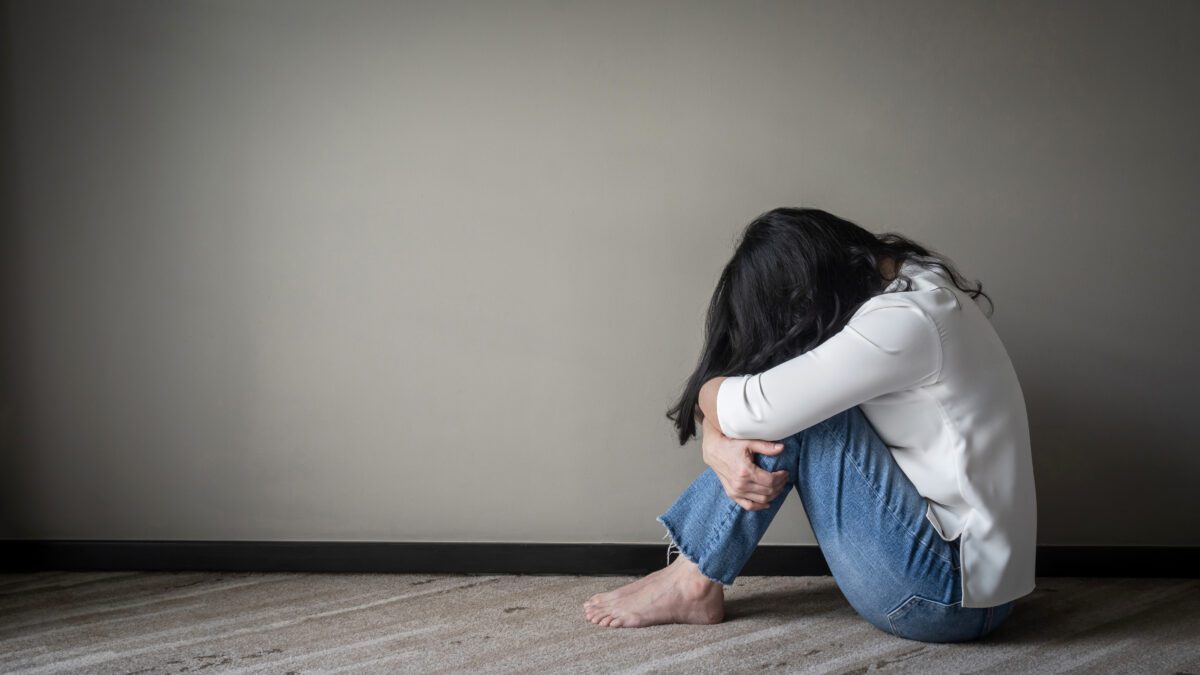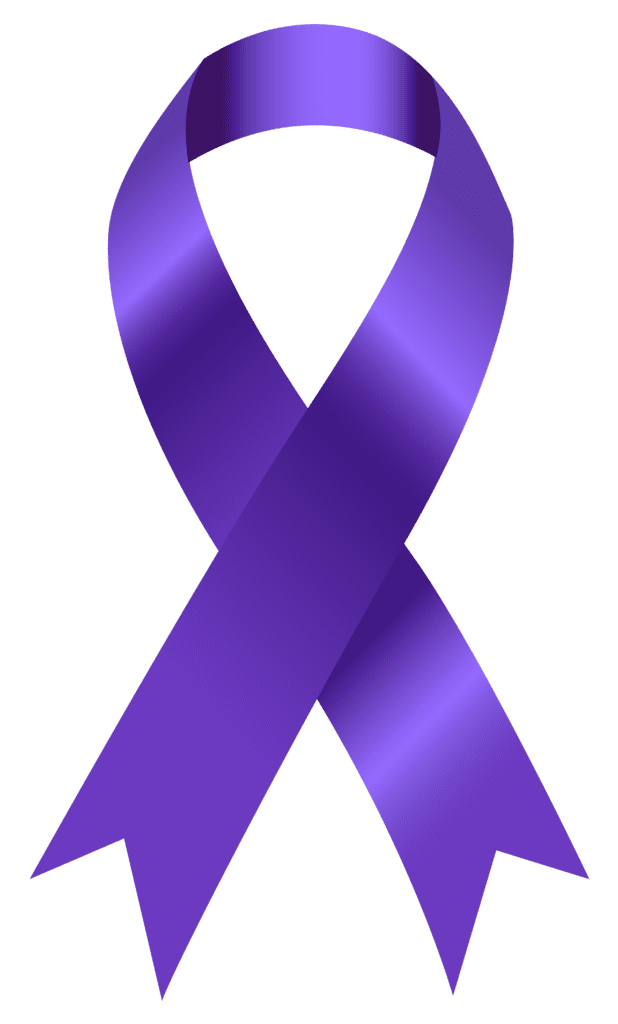A study conducted by the World Population Review for 2023 paints a distressing picture regarding the prevalence of domestic abuse in Oklahoma, revealing that 49.1% of women and 40.7% of men in the state have either experienced or are presently facing domestic abuse. This figure surpasses rates in any other state.
In Oklahoma, the fight against domestic violence requires a localized approach. Identifying the signs, supporting individuals in danger and finding assistance are crucial steps in combating this issue.

Where to Find Help
YWCA Oklahoma City (ywcaokc.org) provides emergency shelter, counseling and support services for victims of domestic violence.
Women’s Resource Center (wrcnormanok.org) offers a comprehensive range of services, including crisis intervention, counseling, legal advocacy, housing assistance, educational programs, resource navigation and empowerment initiatives.
While the Native Alliance Against Violence (oknaav.org) isn’t a direct service provider, it collaborates with over 25 tribal programs across the state. These programs offer vital services, including advocacy, safety planning, shelter assistance and essential resource referrals.
The Oklahoma Attorney General’s website has resources, including the Oklahoma Domestic Violence hotline: 1-800-522-SAFE (7233). You can access resources by visiting oag.ok.gov/victims-services-resources.
The National Domestic Violence Hotline can also provide assistance; visit thehotline.org or call 1-800-799-7233.
Recognizing An Unsafe Situation
According to Lacee Mouser, communications specialist at NAAV, identifying domestic violence isn’t confined to overt physical abuse.
“It encompasses a range of behaviors aimed at asserting power and control over victims,” she says. “These include sexual violence, economic coercion, cultural manipulation and psychological intimidation. Recognizing the signs isn’t always straightforward, but indicators like isolation from social circles, excessive partner control or jealousy could signal an abusive relationship.”

It’s crucial to approach situations with care and empathy, Mouser adds. Empowering victims means respecting their choices and not blaming them for their perpetrator’s actions. For those witnessing potential signs of abuse in others, it is best to provide information about available support systems in a non-threatening way.
Brandon Pasley, YWCA vice president, says control over finances can be essential in identifying unsafe situations.
“Between 94-99% of the clients we serve experience economic exploration and financial abuse,” says Pasley. “Whether that is not allowing them to work, go back to school or get an education, or not allowing them to get promotions, or being so controlling they get them fired from work.”
The Five Ds of Intervention
“It’s really difficult to know whether to get involved when you see something,” says Pasley. “Sometimes, depending on the situation, it could end in the injury or death of the victim/survivor or the good Samaritan.”
The “5 D’s” of intervention are often strategies recommended for bystanders or individuals seeking to help someone experiencing domestic abuse.
- Direct: Address the situation by talking to the victim in a safe and private setting, expressing concern and offering support.
- Distract: Divert the unsafe situation by changing the subject, inviting the victim to another location or creating a distraction to diffuse tension.
- Delegate: Seek help from others, including professionals, by involving law enforcement, domestic violence hotlines or support organizations.
- Delay: If intervening directly might escalate the situation, delay the interaction, but follow up later to offer support and resources.
- Document: Write down/record any observed incidents or conversations in case they are needed later for legal purposes or protection orders.
These strategies are not always universally applicable and might need to be adapted based on specific circumstances. Prioritizing safety for both the victim and the intervening party is crucial in any intervention.
In Oklahoma, the battle against domestic violence necessitates leveraging local resources and community support. By recognizing the signs, offering help without judgment, and connecting individuals with Oklahoma-specific organizations, we can contribute to a safer environment for all.






















